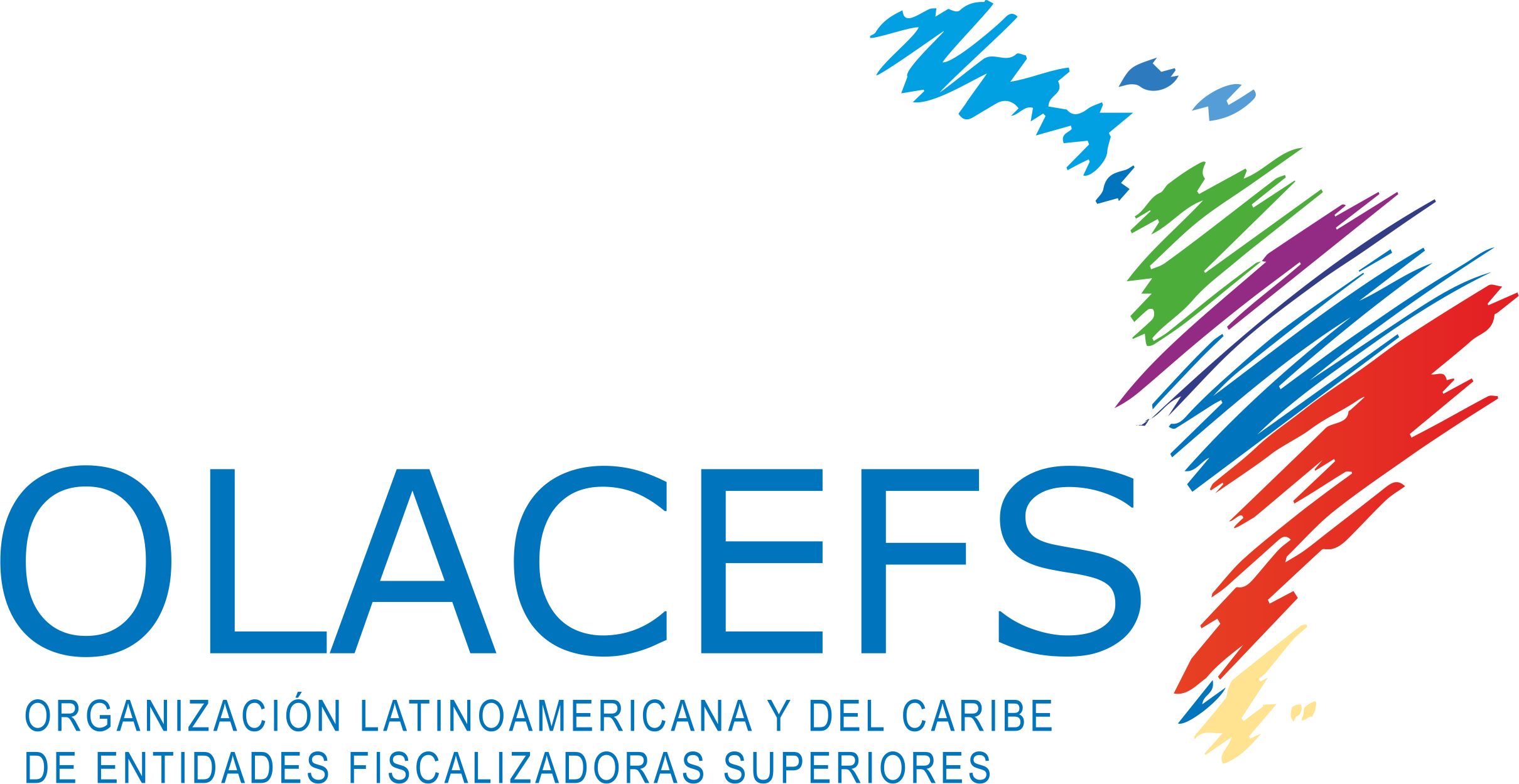Executive-Summary-Contribution-of-SAIs-in-the-fight-against-climate-change.pdf
Documento de Trabajo
26th Oct 2022
Extracto
What should we know about the
management and capabilities of SAIs?
CLIMATE CHANGE THE ROLE OF SAIs
MAIN FINDINGS WHAT COULD WE DO TO
STRENGTHEN THE ROLE OF SAIS?
The effects of climate change fall on all the countries of the
world, impacting ecosystems, the economy and people’s lives,
especially affecting the most vulnerable populations. In this
regard, Latin America and the Caribbean is one of the regions
most exposed to extreme weather events, which, according to
projections, will become increasingly frequent and intense.
In this way, international agreements, as well as the public
policies adopted, constitute key tools for the mitigation and
adaptation of societies to this new climate scenario and an
opportunity for SAIs to participate in the achievement of these
objectives through the control they exercise, contributing to the
coordination of the responsible parties and promoting the
execution of the commitments acquired by the countries.
In this context, the Office of the Comptroller General of the
Republic of Chile developed a questionnaire to learn about the
progress on climate change by the SAIs members of OLACEFS,
obtaining responses from the following SAIs: Argentina, Belize,
Bolivia, Brazil, Chile, Colombia, Costa Rica, Cuba, Curacao,
Dominican Republic, Ecuador, Guatemala, Honduras, Mexico,
Nicaragua, Paraguay, Peru, Puerto Rico, Uruguay and
Venezuela, to whom we thank for their participation.
These contributions make it possible to learn about the actions
carried out by the different SAIs in the fight against climate
change, identifying the existing gaps, as well as possible areas
for improvement, in order to have more information that will
allow these control entities to design and plan audits related to
climate change.
This document summarizes the most relevant issues
addressed by each SAI and aims to present in a clear, simple
and transparent way the systematization of the results, in order
to reinforce and discuss the role and commitment of SAIs in the
fight against climate change. Combating climate change through mitigation and adaptation to its effects is one of the
present and future challenges for all governments on a global scale. Every year, temperatures
increase or heat waves, storms, floods, forest fires and mega-droughts intensify, directly
affecting natural ecosystems and society in general.
95% of the SAIs recognize having competencies to audit the use of public resources and the
implementation of national and subnational policies related to mitigation and adaptation to
climate change; this translates into a massive identification of competencies by the audit
entities, being able to exercise concrete actions in the matter.
In relation to the above, the Organization for Economic Cooperation and Development
(OECD) has argued that SAIs “can provide information to improve the functioning of
processes and programs, and anticipate to help governments adapt to future trends and
risks.” In order to promote
good governance, as
well as transparency
and accountability of
public administration
in the framework of the
fight against climate
change.
PRESENTATION
5SAIs
include in the audit planning,
instruments for mitigation and
adaptation to climate change
and an environmental risk
approachl
7SAIs
have carried out audits with a
focus on climate change
19 SAIs
Declare it is necessary to train civil
servants in this field.
8 SAIs incorporate the environmental risk
approach as a weighting element in audit
planning, and 7 SAIs consider climate
change mitigation and adaptation
instruments. The audits have focused mainly on: SDG 13
Climate Action; Paris Agreement; Public
policy instruments aimed at climate change
mitigation and adaptation; targets and
actions set out in the Nationally Determined
Contributions; and public finance earmarked
for climate change.
To know and characterize the elements and structures of
governance for climate change management in each
country.
To have organizational capacity to audit climate change.
To increase and deepen the audits carried out by SAIs in
terms of mitigation and adaptation to climate change.
To have online connection with databases for
monitoring environmental variables.
Generate and implement internal actions to set an
example as a responsible SAI in the face of climate
change.
30%
of SAIs are aware of the country’s
governance to face climate change
Approximately seven years after the States signed
the Paris Agreement, only 6 SAIs are aware of the
public services with competency in the matter, the
international agreements signed, the public policy
instruments, the regulatory frameworks, the
financing mechanisms defined in their territory and
by the States to face climate change mitigation and
adaptation.
45%
of SAIs are aware of the
actions committed to by their
country in the NDCs
Approximately five years after States
submitted their National Determined
Contribution (NDC), 95 percent of SAIs
know that their.
4 SAIs declare to have professionals with specialization in climate change.
8 SAIs have professionals with a university degree in the environmental area.
12 SAIs have technical units that work on environmental or climate change matters.
4 SAIs consider specific training plans for climate change.
95%
95%
The climate emergency calls us to adopt effective actions to combat climate
change, the role played by SAIs becomes central both for strengthening and
improving public programs and for building and maintaining public confidence
through the technical and independent review of government actions, always
aligned with the international commitments of the countries.
Regarding the role of SAIs in climate change matters, 75% consider that they
should have an auditing role oriented mainly to the control of governments in
matters related to climate change management, while 15% consider that they
should have a leading role, being coordinators of the public apparatus and
promoting effective action to address climate change by example.
Although SAIs state that they have powers and mechanisms that enable them
to carry out climate change audits, they consider that they lack the necessary
organizational capacities to meet this challenge, especially in terms of trained
professional staff. This situation is reflected in the fact that 18 of the 20
participating SAIs stated that the percentage of hours dedicated to climate
change audits is less than 5% , which implies that the risks associated with
climate change have not been incorporated in the region as a permanent line of
action in the context of external control.
However, it should be noted that the 20 SAIs expressed their willingness to
advance and prioritize climate change in their planning, either by increasing the
number of audit hours dedicated to the subject, or by placing greater emphasis
on the training of officials involved in the external control of environmental
matters.
Therefore, it is urgent that SAIs deepen and identify the actions, needs,
limitations and challenges to achieve an efficient and effective control and
management in the adaptation and mitigation of climate change in the region,
defining verifiable follow-up mechanisms, which allow us to evaluate the degree
of responsibility with which we have acted in the face of uncertain climate
scenarios.
REVIEW THE FULL REPORT
EXECUTIVE SUMMARY
Nota: El texto extraído es sólo una aproximación del contenido del documento, puede contener caracteres especiales no legibles.

